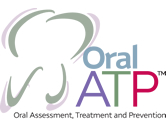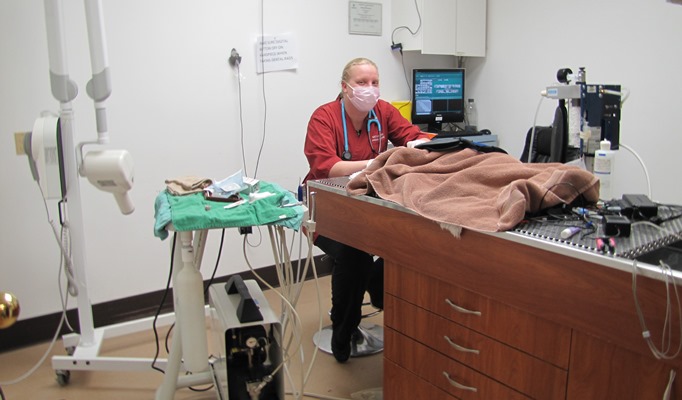What should happen during the pet dental procedure or what can we properly call the oral hygiene visit?
Three important actions
The procedure should be treated as three separate interrelated actions: Oral assessment, treatment and prevention (Oral ATP).
Assessment is the systematic collection and analysis of data in order to identify patient needs. Tooth-by-tooth evaluation of probing depths, mobility, furcation exposure, fractures, missing teeth, extra teeth, odontoclastic resorptive lesions, among other lesions, should be noted on the dental chart. Assessment is the first step needed to make a diagnosis and formulate a treatment plan.
Treatment: With 42 teeth in the dog and 30 in the cat each with different degrees of pathology, spending time to plan therapy makes sense. Some teeth need extraction due to support loss as a result of Stage 4 periodontal disease. Teeth affected with Stage 2 periodontal disease (<25 percent support loss) can benefit from locally applied antimicrobial (LAA). In some cases there is little pathology noted other than minimal plaque and calculus which are removed. Fractured teeth with pulp exposure are either preserved via root-canal therapy or extracted.
Prevention is one of the most important parts of the oral hygiene procedure. By cleaning the teeth, removing plaque and calculus above and below the gingiva and polishing, the mouth is “clean” for about six hours until plaque forms on the tooth surface unless a barrier is applied. If the patient is sent home without attention to prevention, there was little gained by the time, risk and expense incurred for oral hygiene care.
In the end, oral assessment, treatment and prevention is really what veterinarians are called on to do for pet dentistry.
For anybody that wants to learn more about Pet Oral Disease this pdf link is a must – ORAL ATP pdf
 – Assessment – Treatment – Prevention of dental disease in dogs and cats.
– Assessment – Treatment – Prevention of dental disease in dogs and cats.
This is the guidelines and standards we operate our dental practice by.
We offer all of our pet parents veterinary dental examinations following the Oral ATP guidelines with written price quotes for your pets – just call 780-352-7006 for an appointment to set up a time for us to discuss your pets oral healthcare needs.
The following are picture of the progressing severity of dental disease in your pets mouth. Just “Flip the Lip” for your self and see where you are. The cost to clean and repair this damage goes along with the severity of disease and the age of the pet.
Dental Disease in Cats Dental Disease in Dogs



